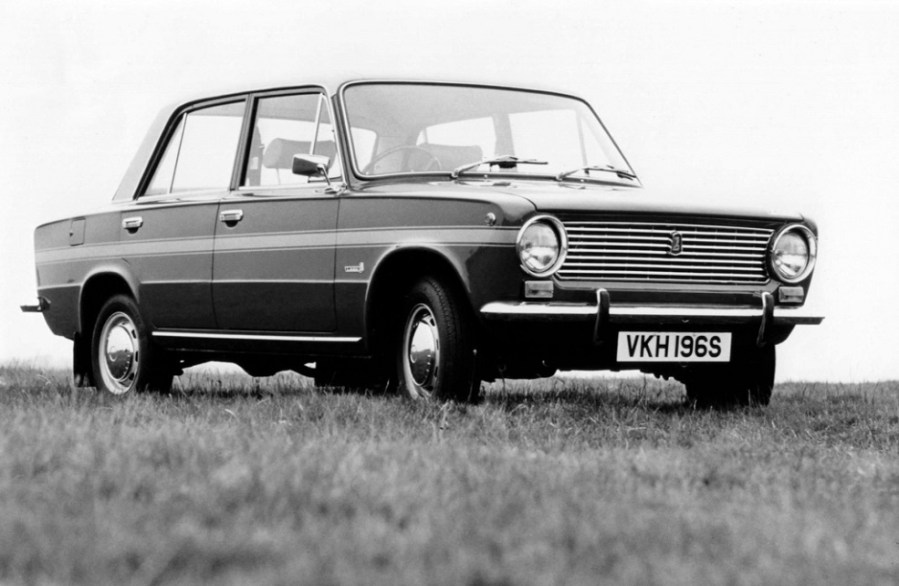When Eastern Bloc cars came to the UK, reactions were mixed. We look at some of the good and bad examples that arrived.
While Eastern Europe never quite conquered the West in the way it had hoped, there were nevertheless strong areas of support within the UK for certain Iron Curtain brands – but the marketing strategy that led to their success didn’t endear them to the motoring press.
The first wave of Soviet-built cars to make it to the UK market on an official basis was in 1959 – where the Earl’s Court Motor Show showed the Volga M21 model to an intrigued UK public. Alongside it was the Moskvich 407, but while the Volga was sold here in small numbers by importer Thompson and Taylor, it took the later Moskvich 408 for that model to gain any traction.
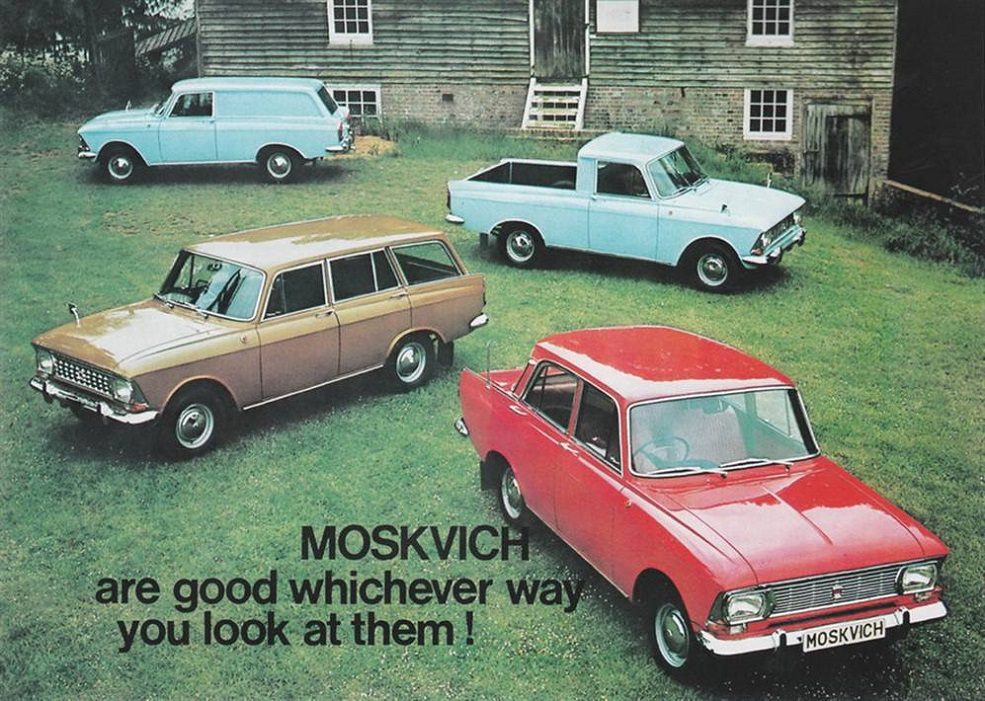
Not that their initial sales figures were strong. The Volga, the 1964 Wartburg 311 and 1966 Moskvich 408 sold in small numbers because the British market of the 1960s viewed imported cars with suspicion. Not only that, but imported cars made by the communists were distinctly undesirable, given that elements of popular culture including the James Bond film franchise and the works of Len Deighton had marked Eastern Europe as subversive. Ownership of a Moskvich was almost akin to admitting you were part of the circle beyond the Cambridge Five, in the eyes of the Cortina buyers toward whom the car was targeted.
In 1970, however, Thompson and Taylor was purchased by Satra Corporation – Soviet American Trading, a New York based company aimed at promoting the trade between the two blocs. Now renamed Satra Motors, and importing the new Moskvich 412, the company adopted a new strategy which saw the humble Mosky attracting more British attention. By reducing the price from that of a Cortina to that of a Mini (at which the importer could still profit), the pile ‘em high and sell ‘em cheap approach meant that suddenly the Moskvich enjoyed a surge of popularity in Britain.
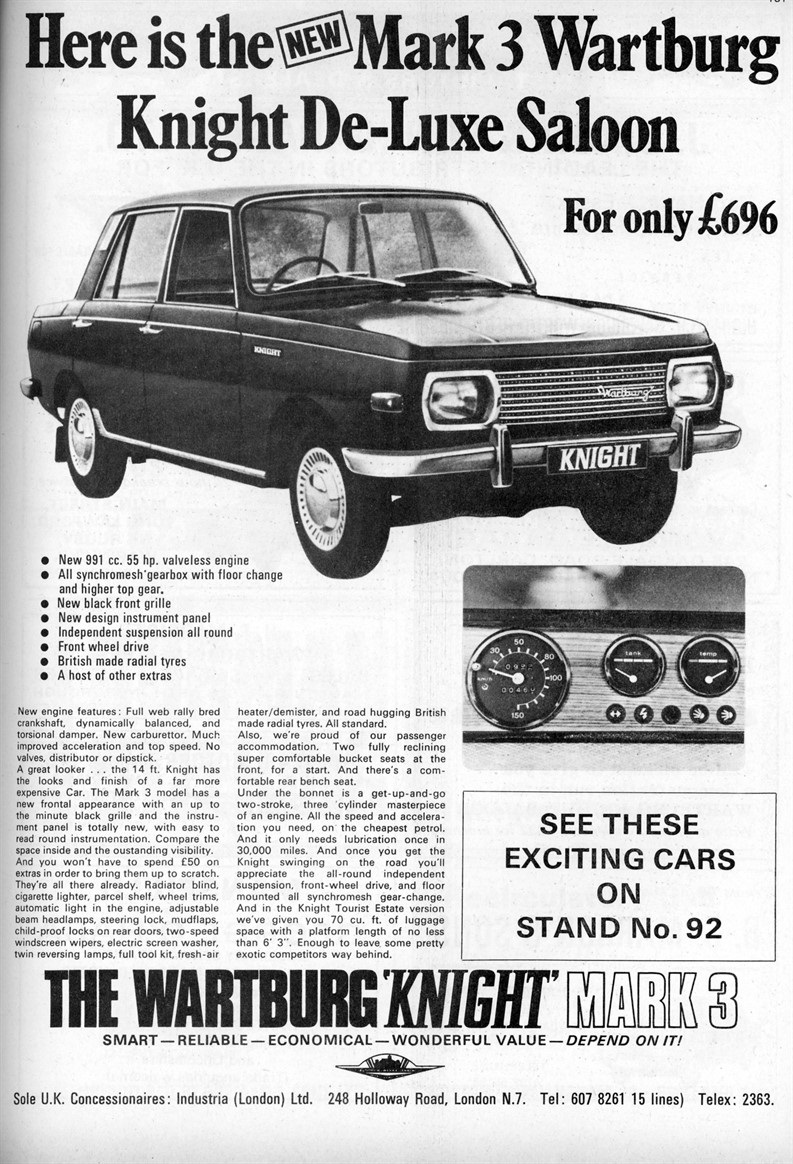
Satra was selling all the Moskviches it could get – so many, in fact, that some of the pre-delivery inspection work was rushed. And with cars built carelessly, that wasn’t really viable. When the Consumer Association got hold of a sample Moskvich to assess the quality standards it was panned, and the report in Which in 1973 also cast serious doubts over the safety of the Moskvich. Its days in the UK were numbered. But Satra was already assessing the viability of importing the Lada 1200 – which first reached our shores in 1974. Two years later, the Moskvich was over for Britain.
The Lada, meanwhile, continued the Mosky’s keen pricing policy, with vastly better quality-control. Better still, it looked like a Western car – this funny new import was effectively a modified Fiat 124, a car Britain had enjoyed in small numbers for much of the last decade. Solid, reliable and sturdy, those at the sharp end embraced the concept of an Escort sized saloon with an extensive toolkit, designed for a Soviet winter, for the cost of a second-hand Hillman. But the motoring press were not so favourable.
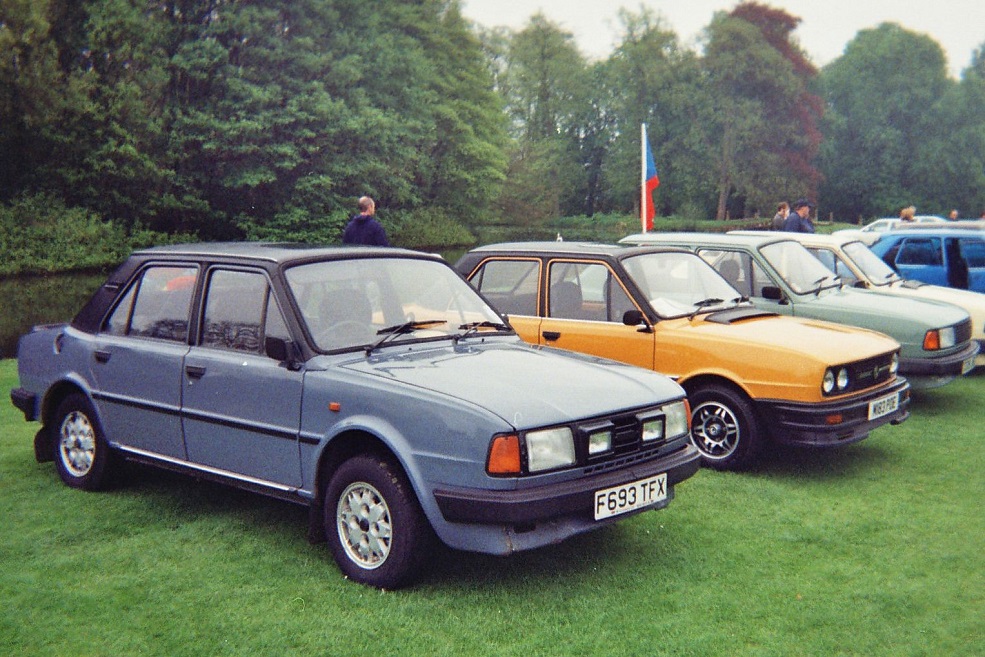
As motoring magazines are often supported by advertisers, naturally Satra was approached by many magazines in the hope of securing revenue. But Satra could barely meet demand for imports – and at a margin which didn’t allow for advertising. Unsurprisingly, the media cooled to the concept of this small Soviet saloon, and road tests were muted in their appreciation. But the Lada still sold, helped by such specials as the UK only 1600ES. This featured a vinyl roof, plush sports seats and alloy wheels in a facsimile of the Dolomite Sprint’s appeal – but for basic Cortina money. The 1983 facelift into the Riva broadened the gap between the Lada and the contemporary Ford however – far from trying to attract Sierra buyers, special Rivas aimed to bring luxuries to the lower end of the Lada line. By this point, the basic design was getting on for being two decades out of date, and it shifted toward being a car bought purely on good value and wholesome sense. The expansion of the range with the Samara and Niva 4×4 models only boosted Lada’s success – making it one of the strongest Communist brands to have entered the British marketplace. But that love affair came to an end in 1996 – Satra’s dealings with Coca Cola in order to secure entry to the Russian market for the well-known soft drink, and the Lada’s woeful emissions, made import fiscally unviable. The Riva stumbled on to 2010 in Russia, though production continued even then in Egypt.
If you liked your Lada lookalike to be a little bigger and even cheaper, you could choose an FSO 125p. By 1986, the 1300 version was almost 25% cheaper than the more common Lada, but as its underpinnings were distinctly more agricultural this wasn’t as good a saving as it may have seemed. The pickup, however, was Britain’s cheapest commercial vehicle – and with an arctic heater and high ground clearance, it became popular in the East of England as farm transport.
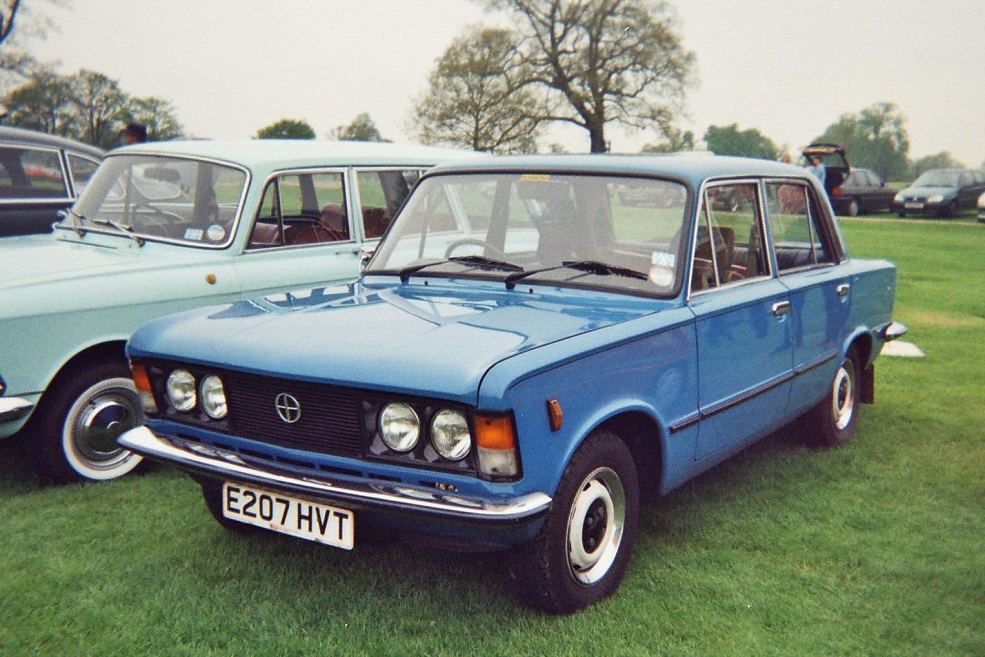
The FSO Polonez was much the same underneath, but with a more modern body courtesy of Giugiaro. A hatchback, the Polonez was marketed in the UK until 1992, and returned in 1994 as the Polonez Caro. Power was from a series of FSO four pots of 1500cc and 1600cc, though the diesel offered in later UK cars was the Peugeot XUD.
Yugos attracted surprising popularity in the UK – not least because the 45, 55 and 65 drove much like the Fiat 127 upon which they were based, and the quality by Eastern Bloc standards was high. These cars sold far better than the older Fiat 128-based 311 and 511 series in Britain, as their size was more appealing to those solely seeking a runabout and their style was less outdated. Unfortunately, civil war in Yugoslavia put paid to attempts to sell the larger and more modern Sana in Britain after a matter of months, despite a period Top Gear report which noted space, a good warranty and driving dynamics as among the Sana’s positive points.
Arguably, Britain’s biggest Soviet love affair was with Skoda. From the launch of the Estelle, here was a small car that didn’t look too offensive, nor did it look like a Western castoff. By Soviet standards, the quality was good, and Skodas were among the cheapest of the Eastern European models available at the time. The Rapid coupe looked and felt a bit like a Porsche for potato money, courtesy of its two door rear engined layout and repeated RAC Rally class wins, while the Felicia was a genuinely competent small car that needed neither excuse nor apology. An injection of Volkswagen capital and some clever advertising slogans made Skoda into a market force which has continued to this day. Nowadays, Skoda is effectively the budget arm of Volkswagen, but its reputation for value and good sense was built on the reputations of cars like the Estelle and the Favorit.
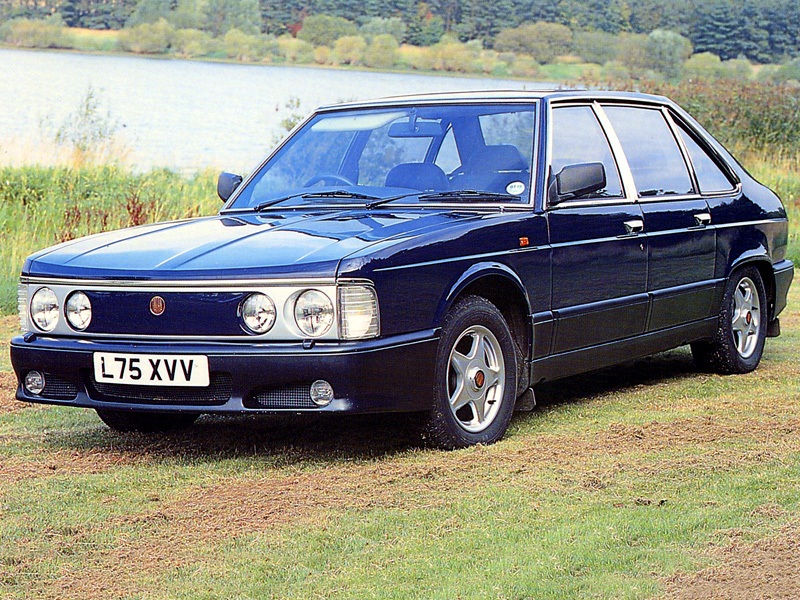
Not all Eastern imports were value family cars, though. An attempt in 1993 to import the Tatra T613 from Czechoslovakia to the UK showed that behind the wall, even executive models were being built. Its 3.5-litre V8 meant 0-60 in under 8 seconds, and 138mph flat out – figures which compared well to the BMW 535i. UK cars bear the designation T613-5 and feature walnut dashboards, new instruments, five spoke alloys, new fuel injection and a heater you could program a week in advance. You could even order it with varying axle ratios, depending on whether you wanted a sprinter or cruiser. Just four were converted to UK RHD specification by importer and former Jaguar engineer Tim Bishop before the project folded – in part because its £30,000 price would have bought you a Jaguar XJ6. The Tatra was pitched as a hand-built and exclusive car in the mould of the Bristol, but British buyers sadly didn’t see it that way.
As classics, all Eastern Bloc cars enjoy a small but fanatical UK following – not only the cars we were able to buy new, but other models which have subsequently been imported. The Unloved Soviet and Socialist Register, numerous Facebook groups and marque specific clubs all cater for the needs of Eastern Bloc enthusiasts in the UK.

